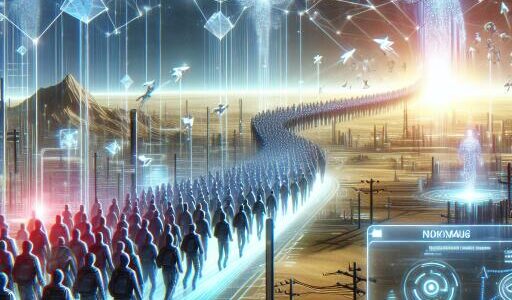Dreamcast Game Deep Dive: “Slave Zero”
Welcome to a journey through time, where we delve into a futuristic universe set 500 years from now. Our adventure features the action-packed world of “Slave Zero,” a game that made its mark on the Dreamcast platform. Initially gracing Windows PCs, “Slave Zero” eventually made its way to the Dreamcast, capturing the hearts of gamers in North America in the waning months of 1999, with Europe following suit in the early months of 2000. Interestingly, the game never saw a release in Japan, leaving a unique footprint in its global distribution.
The development and publishing credits for this intriguing title go to the erstwhile Infogrames North America, a company known for its creative prowess before it closed its doors. The minds behind “Slave Zero” brought together an array of talent: Margaret Stohl crafted the game’s storyline, offering players a compelling narrative. The direction of the project was in the capable hands of Sean Vesce, while Matthew J. Powers took the helm as the producer, ensuring the game reached its full potential. The design team, comprised of Jeffrey Gregg, Mike Wikan, and Jason Weesner, worked meticulously to create an immersive experience. Ken Capelli brought the game’s artistic vision to life, providing visuals that matched the game’s ambitious scope.
One of the most unique aspects of “Slave Zero” is its technical underpinnings. The game was powered by the “Ecstasy Engine,” a custom-built 3D engine designed specifically to harness the capabilities of the SEGA Dreamcast. This bespoke engine allowed “Slave Zero” to stand out, not just for its gameplay but also for its technical achievements. Remarkably, it remains the sole title to utilize this engine, making it a unique gem in the Dreamcast’s library.
Though the Dreamcast version of “Slave Zero” is notable for the absence of in-game music—a decision that sets it apart from many of its contemporaries—this element adds to the atmosphere, immersing players fully into its world without the common distractions of background scores.
“Slave Zero” invites players into a dystopian future where they engage in intense battles, navigate through a meticulously crafted environment, and soak in a narrative that keeps them on the edge of their seats. It’s a testament to the creative vision and technical innovation of its development team and serves as a memorable part of the Dreamcast’s diverse gaming lineup. Even though the creators behind “Slave Zero” have moved on to other ventures, their work continues to resonate with fans of the genre and platform alike.
In conclusion, “Slave Zero” stands as a beacon of creativity and innovation during its time, showcasing what was possible on the SEGA Dreamcast and leaving a lasting legacy that fans still celebrate to this day. Whether you’re revisiting this classic or discovering it for the first time, “Slave Zero” promises a unique journey through a future where heroics and high stakes are the orders of the day.









